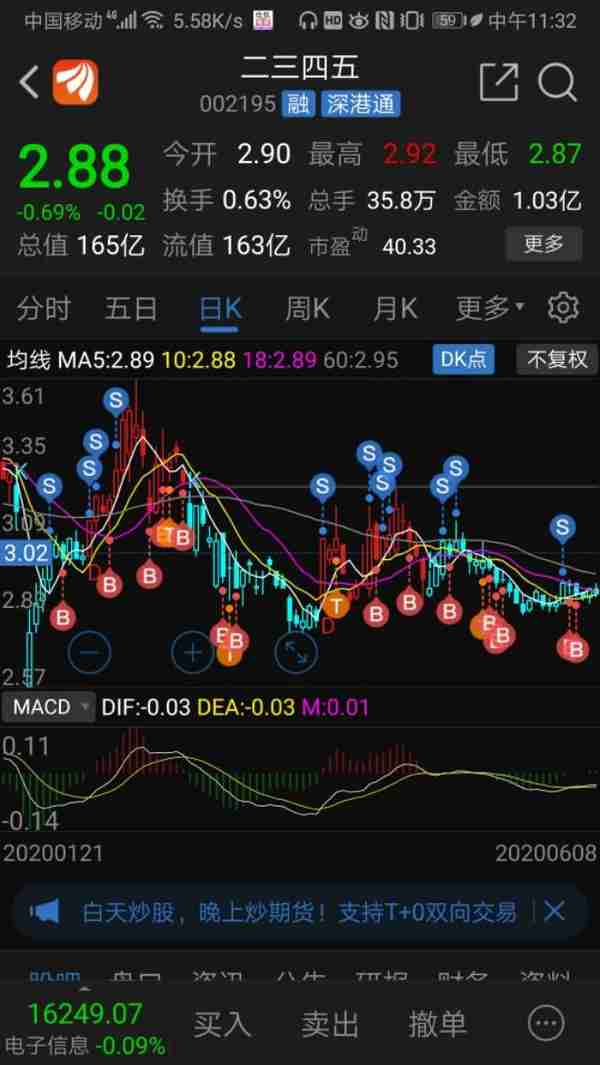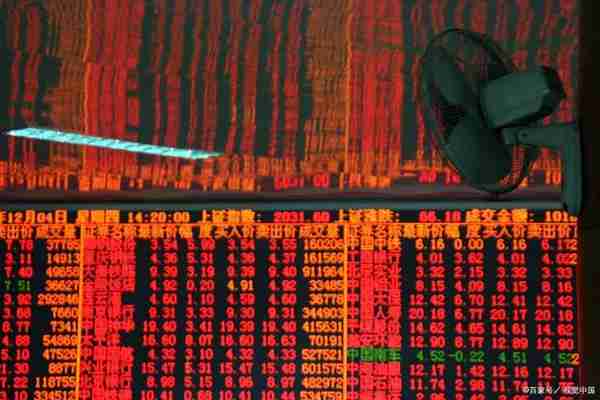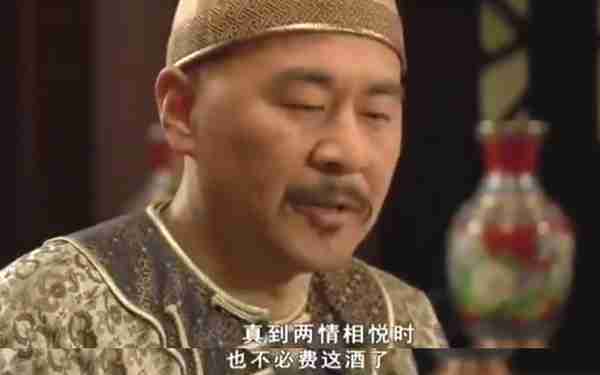Part2:ExamplesinEconomicManagementUnderStress
Author: Sfermion
Translated by: Chasey, WhoKnows DAO
This is the third part of our in-depth exploration of virtual economy, management challenges, and potential solutions.
Article 1: Exploring the Virtual Economy | Similarities Between P2E Games and Developing Countries
Article 2: How the Economic Crisis of Well-Known Games Can Guide the Future of P2E
In the previous two articles, we introduced the various challenges facing P2E game economies, as well as the measures taken by traditional game designers to deal with economic crises. Although named virtual economy, its operational mechanism is not much different from real economies, it still faces situations such as inflation, deflation, and shortage. Mechanism designers need to balance the needs of internal and external stakeholders in the economic system, otherwise, when one party is under control, while the other is completely open and conforms to the logic of the market, an imbalance will occur. And imbalance also symbolizes opportunity, as countless people try to profit from the game or choose to use external illegal markets.
This is even more true under the empowerment of blockchain. We need to give capital a reason to stay in the internal game economy, enhance its stickiness, and help value flow effectively between game systems, players, and intermediaries. Otherwise, capital will flee to more productive and efficient environments.
In this article, we will dig deeper and try to explore how to design a logically consistent open game economy.
01 Using supply and demand to calculate commodity prices
The prices of goods in the game must be determined by supply and demand. NPC merchants cannot buy everything, or cannot buy everything at prices that satisfy players. In a closed economic system, even if the supply and demand law is broken, it will not cause serious consequences; but in an open economic system, this will bring about excessive capital supply, which will lead to the detachment of player-to-player and player-to-NPC transactions. NPC merchants can help new players transition quickly in the early stages of the game, but they may also become the trigger for economic collapse.
As mentioned in the previous article, Ultima Online introduced dynamic NPC pricing by calculating market supply and demand, but they did not realize that capital can flow in multiple markets inside the game. This ultimately led to price differences in different markets being exploited by players, and the designed mechanism did not run as originally planned.
When designing economic mechanisms, we do not need, and it is difficult to completely eliminate the price differences between different markets, but in order to prevent economic collapse, we should at least ensure that these price differences are not created out of thin air, but reflect certain implicit costs, such as time costs and difficulty in obtaining.
02 Complicating and Layering Game Mechanisms
The economic problems of many P2E games are due to a lack of mechanisms for recycling liquidity. Like real economies, if players earn a bunch of gold coins while playing the game but cant find a way to spend them, it will lead to oversupply of currency in the ecosystem, resulting in inflation and capital flight. The game mechanism of many P2E games is designed to be very simple, leading to a very limited injection and recovery channels for liquidity. In order to maintain the health of the economy, we need to design a large number of game mechanisms to create a large number of channels for value flow. At the same time, the more complex the path of value flow, the more difficult it is to shake the overall economic system, because there are restraints between each path. Therefore, we can introduce a layered value flow system, design non-linear character and skill upgrade paths, and various incentive schemes to maintain the stability of the economic system.
The open game economy, like the economic system of MMORPG, exists in a special value creation system outside the game system, such as guilds and player-to-player trading. We need to try to bring these functions into the game system, monitor and guide them to serve the operation of the entire economic system. The openness of the economy promotes competition and cooperation among players, and cooperation allows players at different stages to create value together, thereby bringing a more complex game economy.
03 Actively Introduce Player Interaction Mechanisms
The more players want to create value together, the more difficult it is to maintain the rules of the game. This is because when players only interact with NPCs, the behavior of NPCs is determined by the game mechanism, and this interaction will not exceed the expected range of activities when designing; but when players interact with other players, both parties are not controlled by the game mechanism, and many violations of game rules may occur outside the game system. Therefore, it is better to think about the needs of players beyond the current system mechanism and introduce them into the game mechanism. By expanding the games infrastructure, the player-centered economy becomes more diversified, thereby preventing non-compliant behaviors outside the game from occurring. For example, the leveling agent mode introduced by Axie, which can help the leveling agent make money while helping the leveled, enables faster leveling; or the P2P transaction system in some games, which opens up compliant trade economics between players.
04 Reasonably Utilize Openness and Financial Properties
The openness and financial attributes of P2E games are both very strong. We dont need






